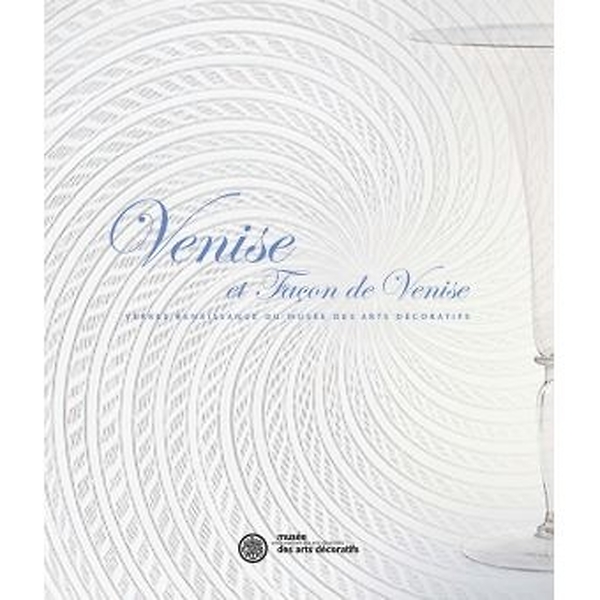Venise et façon de Venise - verre renaissance du musée des arts décoratifs
Musée des Arts Décoratifs
Description
Born of a thousand-year-old tradition, Venetian glass reached its peak from the end of the 15th century until the 17th century: for two centuries, thanks to the glassmakers' craftsmanship, fostered by the cultural climate of the Italian Renaissance, and thanks to the efficiency of the commercial network of the City of the Doges and its fleet, these productions remained unequalled. Even today, the name of Venice continues to be associated with the magic of glass, testifying to the mercantile genius of the Venetians, the durability of their glass industry and the quality of their workshops. This book presents some sixty Venetian or Venetian-style glasses from the museum's collections, most of which have never been seen before, representing the main techniques and types developed in Venice and disseminated in Europe.
Product information
- Publication Year
- 2003
- Technical specification
Text de Erwin Baumgartner, Jean-Luc Olivié Weight : 785 g
- Dimensions
- 23 x 27 cm
- Number of Pages
- 144

